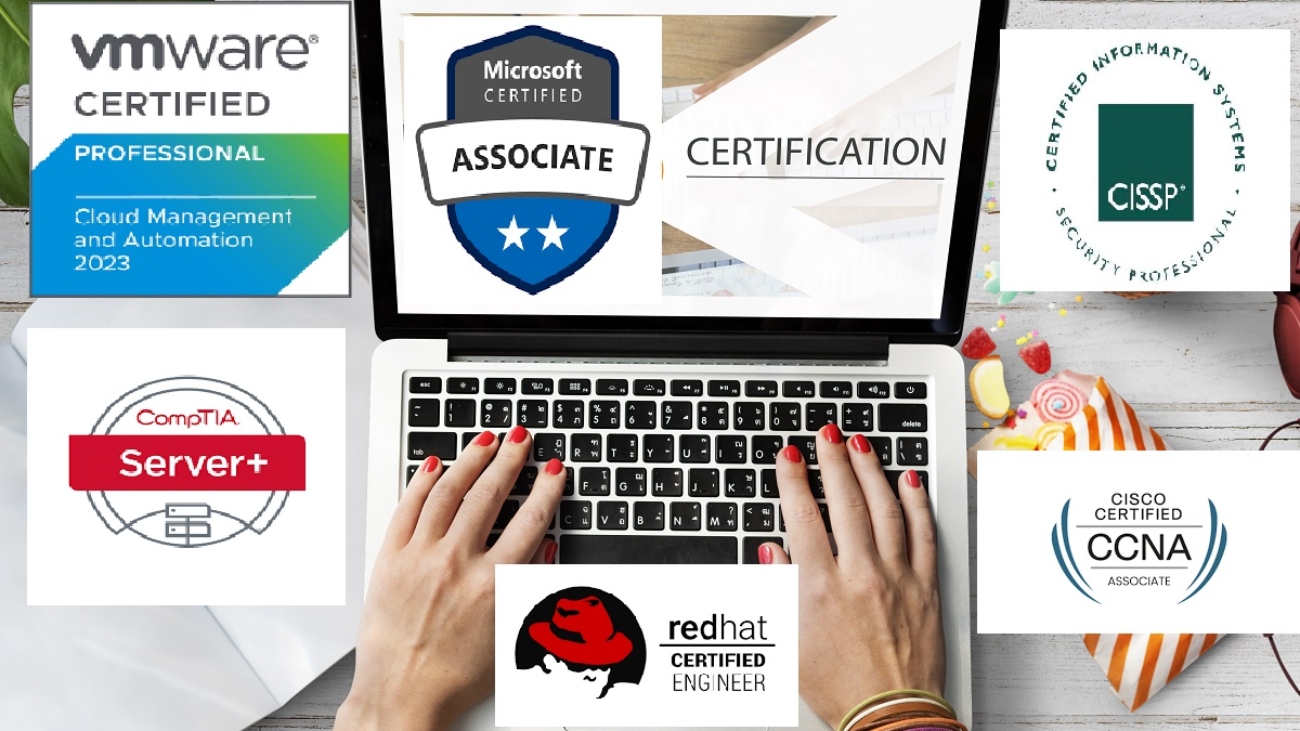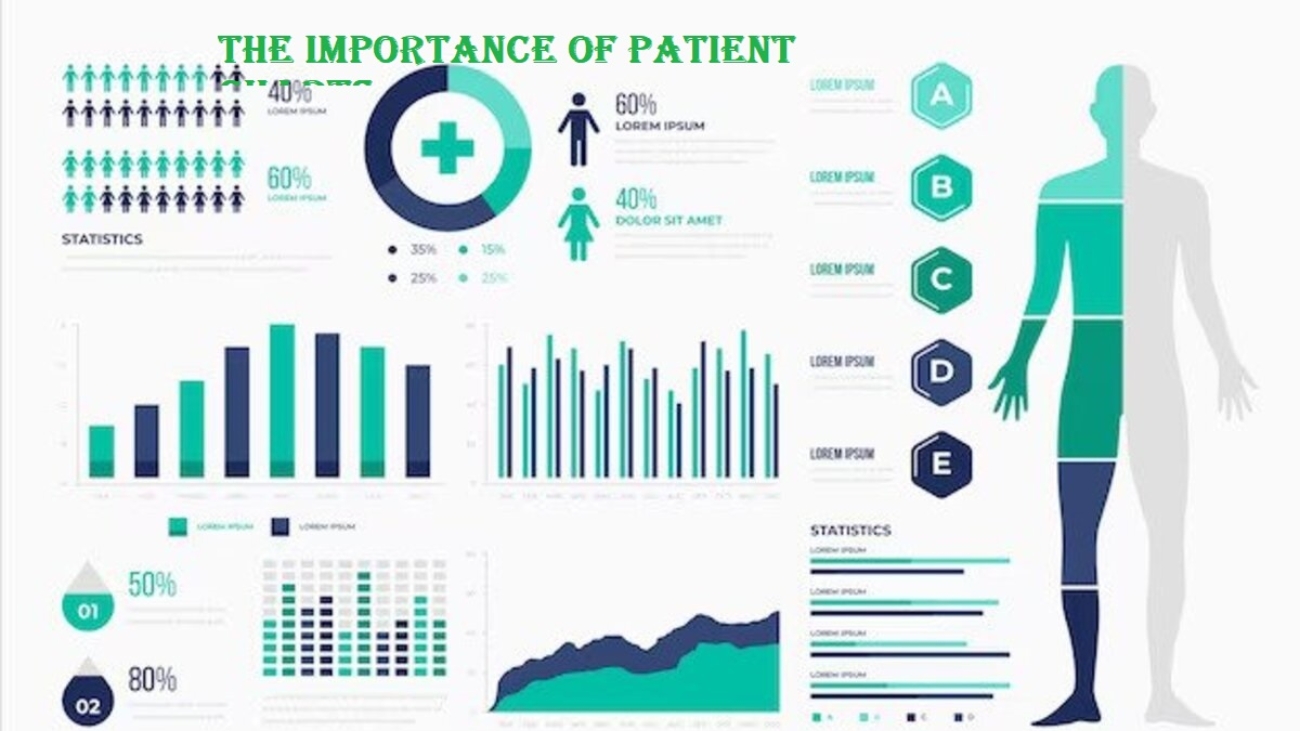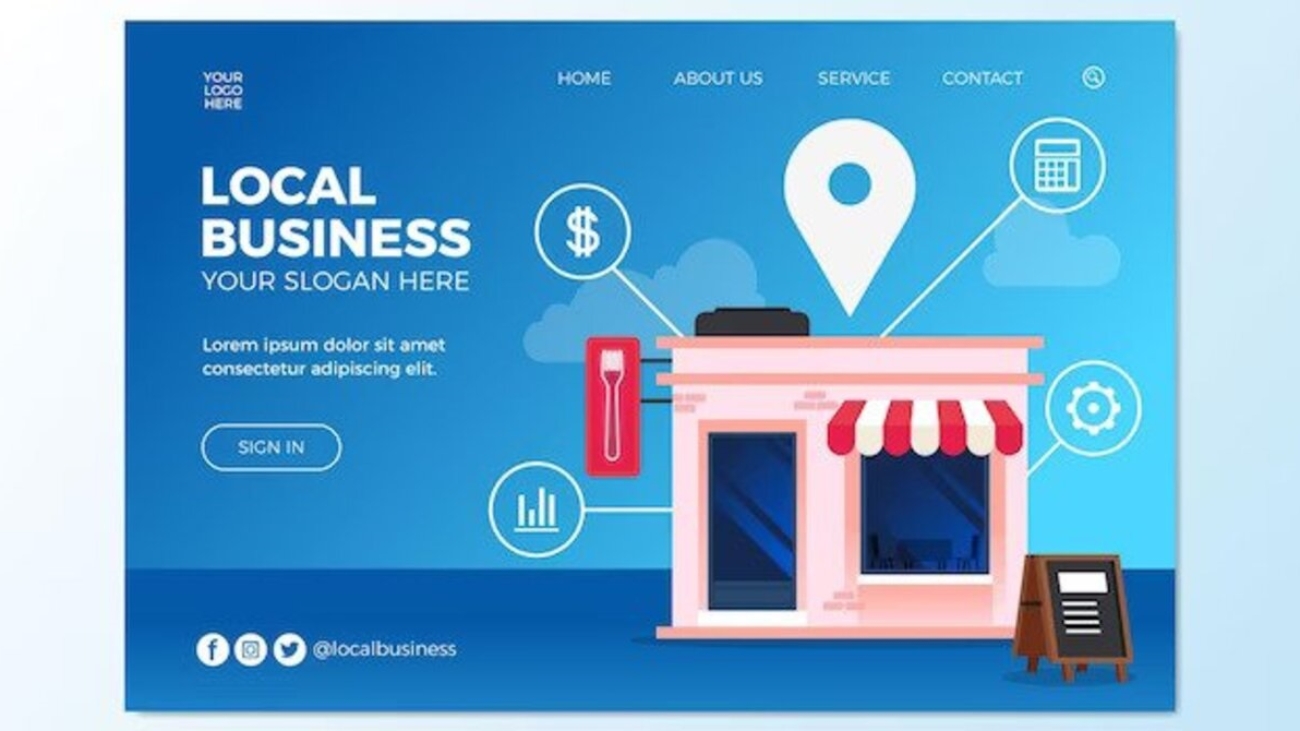What are the System Administrator Certifications?
System administrator certifications are professional credentials that validate the skills and knowledge of individuals in managing and maintaining computer systems, networks, and infrastructure. These certifications demonstrate proficiency in areas such as system installation, configuration, security, troubleshooting, and optimization.
Here is the Top 6 System Administrator Certifications;
1.Microsoft Certified: Azure Administrator Associate:
The Microsoft Certified: Azure Administrator Associate certification is a highly regarded certification offered by Microsoft. It is designed for IT professionals who have experience in implementing, managing, and monitoring Microsoft Azure solutions. Here are some key details about this certification:
- Prerequisites: While there are no strict prerequisites, Microsoft recommends having some experience in administering Azure workloads and understanding core Azure services, Azure workloads, security, and governance.
- Exam Requirements: To earn the Azure Administrator Associate certification, you need to pass one exam, which is currently Exam AZ-104: Microsoft Azure Administrator. This exam covers topics such as Azure subscriptions and resources, implementing and managing storage, deploying and managing virtual machines, configuring and managing virtual networks, and managing identities.
- Skills Validated: This certification validates your skills in various aspects of Azure administration, including deploying and managing Azure resources, implementing and managing virtual networks, securing identities, managing Azure subscriptions and resources, and monitoring and troubleshooting Azure environments.
- Career Benefits: The Azure Administrator Associate certification can enhance your career prospects in the field of cloud administration and Azure-specific roles. It demonstrates your expertise in working with Azure and can make you stand out to potential employers. Azure is widely adopted by organizations, and having this certification can open up job opportunities in cloud-based roles.
- Certification Path: The Azure Administrator Associate certification is part of the larger Microsoft Azure certification path. After earning this certification, you can further advance your skills and knowledge by pursuing higher-level certifications like the Microsoft Certified: Azure Solutions Architect Expert or Microsoft Certified: Azure DevOps Engineer Expert.
It’s important to note that certification requirements and exam codes may change over time, so it’s advisable to visit the official Microsoft certification website for the most up-to-date information on the Microsoft Certified: Azure Administrator Associate certification.
2.CompTIA Server+:
CompTIA Server+ is a vendor-neutral certification that validates the skills and knowledge required to build, maintain, troubleshoot, and secure server hardware and software technologies. Here is some important information about the CompTIA Server+ certification:
- Exam Requirements: To earn the CompTIA Server+ certification, you need to pass the SK0-005 exam. The exam covers various topics, including server architecture, server administration, storage solutions, security, networking, disaster recovery, and troubleshooting.
- Skills Validated: This certification validates your proficiency in server technologies and administration. It demonstrates your ability to install, configure, upgrade, and maintain servers, as well as troubleshoot hardware and software issues. It also covers topics such as storage solutions, networking, security, and disaster recovery.
- Prerequisites: There are no strict prerequisites for taking the CompTIA Server+ exam. However, it is recommended to have 18 to 24 months of hands-on experience in server administration and be familiar with server hardware and software technologies.
- Career Benefits: The CompTIA Server+ certification can benefit professionals working as server administrators, system administrators, network administrators, or in other roles that involve server management. It enhances your credibility, validates your skills, and can increase your employability in organizations that rely on server infrastructure.
- Certification Renewal: CompTIA Server+ certification is valid for three years. To maintain your certification, you need to earn continuing education units (CEUs) by participating in relevant training programs, attending conferences, or completing other approved activities.
Regarding specific pricing details for the CompTIA Server+ certification, it’s best to visit the official CompTIA website or contact CompTIA directly. They will have the most accurate and up-to-date information regarding exam fees, any applicable discounts, and any bundled packages they offer.
3. Red Hat Certified Engineer (RHCE):
The Red Hat Certified Engineer (RHCE) certification is a highly recognized and respected certification for Linux system administrators. It validates the skills and knowledge required to configure, manage, and troubleshoot Red Hat Enterprise Linux systems. Here’s some important information about the RHCE certification:
- Prerequisites: To pursue the RHCE certification, it is recommended (but not mandatory) to have prior experience in Linux system administration. Red Hat recommends candidates to have a solid understanding of Linux fundamentals and hands-on experience working with Red Hat Enterprise Linux.
- Exam Requirements: To earn the RHCE certification, you need to pass a hands-on performance-based exam. As of my knowledge cutoff in September 2021, the exam was based on Red Hat Enterprise Linux 8 and was typically a full-day, practical exam where you perform real-world tasks to demonstrate your skills.
- Skills Validated: The RHCE certification validates your expertise in various areas, including system administration tasks, configuring network services, managing system security, implementing storage solutions, deploying and managing virtual machines, and troubleshooting common system issues.
- Career Benefits: The RHCE certification can significantly enhance your career prospects as a Linux system administrator. It demonstrates your proficiency with Red Hat Enterprise Linux and makes you a valuable asset for organizations that utilize Red Hat technologies. RHCE-certified professionals are sought after in industries that heavily rely on Linux systems.
- Certification Path: RHCE is part of the Red Hat certification program, which offers a progression of certifications. After earning the RHCE, you can pursue advanced certifications such as Red Hat Certified Architect (RHCA) in areas like DevOps, system administration, or enterprise applications.
For specific pricing details regarding the RHCE certification exam and any associated training, I recommend visiting the official Red Hat certification website or contacting Red Hat directly. They can provide you with the most accurate and up-to-date information regarding exam fees, training options, and any discounts or promotions available.
4. Cisco Certified Network Associate (CCNA):
The Cisco Certified Network Associate (CCNA) certification is a highly recognized and sought-after certification in the field of networking. It validates the skills and knowledge required to install, configure, operate, and troubleshoot small to medium-sized networks. Here’s some important information about the CCNA certification:
- Exam Requirements: To earn the CCNA certification, you need to pass a single exam, which covers various networking topics. As of my knowledge cutoff in September 2021, the CCNA exam was the 200-301 exam, which covers networking fundamentals, network access, IP connectivity, IP services, security fundamentals, automation, and programmability.
- Skills Validated: The CCNA certification validates your expertise in areas such as network fundamentals, network access, IP connectivity, IP services, security fundamentals, automation, and programmability. It provides a solid foundation in networking concepts and prepares you for a wide range of networking roles.
- Prerequisites: There are no strict prerequisites for taking the CCNA exam. However, it is recommended to have a basic understanding of networking concepts and some hands-on experience with networking technologies.
- Career Benefits: The CCNA certification can significantly enhance your career prospects in the networking field. It demonstrates your competency in networking technologies and makes you a valuable asset for organizations that rely on Cisco networking equipment. CCNA-certified professionals are sought after for roles such as network administrator, network engineer, and technical support engineer.
- Certification Path: CCNA is an entry-level certification in Cisco’s certification program. After earning the CCNA, you can further advance your skills and knowledge by pursuing higher-level certifications like the Cisco Certified Network Professional (CCNP) or specializing in areas like security, wireless, or collaboration.
For specific pricing details regarding the CCNA certification exam and any associated training, I recommend visiting the official Cisco certification website or contacting Cisco directly. They will have the most accurate and up-to-date information regarding exam fees, training options, and any discounts or promotions available.
5. VMware Certified Professional (VCP):
The VMware Certified Professional (VCP) certification is a widely recognized certification in the field of virtualization and cloud computing. It validates the skills and knowledge required to install, configure, manage, and troubleshoot VMware vSphere environments. Here’s some important information about the VCP certification:
- Exam Requirements: To earn the VCP certification, you need to pass a specific exam associated with the VMware technology you are seeking certification in. As of my knowledge cutoff in September 2021, the VCP certification for vSphere 7.x required passing the 2V0-21.20 exam. There are also specialized VCP certifications available for other VMware technologies such as network virtualization (VCP-NV) and desktop and mobility (VCP-DTM).
- Skills Validated: The VCP certification validates your expertise in various areas of VMware virtualization, including installing, configuring, managing, and troubleshooting vSphere environments. It covers topics such as virtual machine management, storage and networking, resource management, security, and availability.
- Prerequisites: VMware typically requires candidates to complete an official VMware training course before attempting the VCP exam. The required training depends on the specific certification track and can vary. It’s important to check the VMware certification website for the most up-to-date training requirements.
- Career Benefits: The VCP certification can significantly enhance your career prospects in the virtualization and cloud computing domain. It demonstrates your proficiency with VMware technologies, which are widely adopted in organizations around the world. VCP-certified professionals are sought after for roles such as virtualization administrator, cloud administrator, and systems engineer.
- Certification Path: The VCP certification is part of VMware’s certification program, which offers a progression of certifications. After earning the VCP, you can pursue advanced certifications like VMware Certified Advanced Professional (VCAP) and VMware Certified Design Expert (VCDX) in specific areas of expertise.
For specific pricing details regarding the VCP certification exam and associated training, I recommend visiting the official VMware certification website or contacting VMware directly. They will have the most accurate and up-to-date information regarding exam fees, training options, and any discounts or promotions available.
6. Certified Information Systems Security Professional (CISSP):
The Certified Information Systems Security Professional (CISSP) certification is a globally recognized certification in the field of information security. It validates the skills and knowledge required to design, implement, and manage effective cybersecurity programs. Here’s some important information about the CISSP certification:
- Exam Requirements: To earn the CISSP certification, you need to pass the CISSP exam, which covers eight domains of information security. The domains include security and risk management, asset security, security architecture and engineering, communication and network security, identity and access management, security assessment and testing, security operations, and software development security.
- Skills Validated: The CISSP certification validates your expertise in various aspects of information security, including risk management, security policies, access control, cryptography, network security, security operations, and incident response. It demonstrates your ability to design and manage secure IT environments.
- Prerequisites: To become CISSP certified, you must have a minimum of five years of professional work experience in at least two of the eight CISSP domains. However, you can substitute a part of the required experience with applicable educational or professional certifications.
- Career Benefits: The CISSP certification is highly valued in the cybersecurity industry and can significantly enhance your career prospects. It demonstrates your commitment to the field and your ability to address complex security challenges. CISSP-certified professionals are sought after for roles such as security consultant, security manager, security auditor, and IT director.
- Certification Maintenance: CISSP certification requires ongoing maintenance to ensure that certified professionals stay current with evolving security practices. CISSP-certified individuals need to earn continuing professional education (CPE) credits and submit an annual maintenance fee to maintain their certification.
For specific pricing details regarding the CISSP exam and any associated fees, it’s best to visit the official (ISC)² website or contact (ISC)² directly. They will have the most accurate and up-to-date information on exam fees, training options, and any discounts or promotions available for the CISSP certification.
Final word:
In conclusion, system administrator certifications are valuable credentials that validate the skills and knowledge of individuals in managing and maintaining computer systems, networks, and infrastructure. These certifications can enhance your career prospects, boost your credibility, and increase your employability in the IT industry.
There are various system administrator certifications available, ranging from vendor-specific certifications focused on specific technologies to vendor-neutral certifications that cover broader concepts and principles. Popular certification programs include Microsoft Certified: Azure Administrator Associate, CompTIA Server+, Red Hat Certified Engineer (RHCE), Cisco Certified Network Associate (CCNA), VMware Certified Professional (VCP), and Certified Information Systems Security Professional (CISSP).
When choosing a system administrator certification, consider your professional goals, the technologies you work with or plan to work with, and the relevance of the certification in your industry. Prerequisites, exam structures, and renewal requirements may vary for each certification program, so it’s important to review the official websites or contact the respective certification providers for the most up-to-date and accurate information regarding exam fees, training options, and any discounts or promotions available.
Obtaining a system administrator certification demonstrates your commitment to continuous learning, improves your technical expertise, and can open doors to new career opportunities. Ultimately, the choice of certification depends on your specific interests, the technologies you work with, and the career path you want to pursue as a system administrator.








